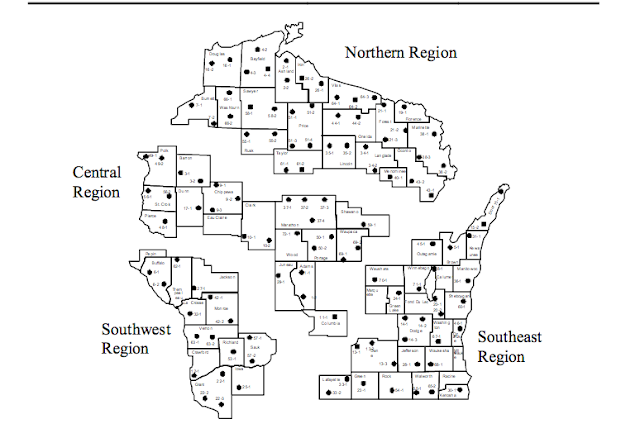In working with private, state and federal partners to conduct intense research on West Nile virus and investigate other issues that might be involved in grouse declines, we’ve learned a lot.
Here’s a sample:
- Ruffed grouse are highly-susceptible to WNV, and infected grouse suffered very high mortality, based on our 2015 lab study with Colorado State University.
Young forest is important habitat for grouse courting and brood-rearing, but only 8 percent of Penn’s Woods is made up of young forest. Habitat loss and degradation have left grouse populations more vulnerable to threats, including West Nile virus.
We still don’t know how many other woodland birds are vulnerable to the WNV. - Wild grouse are exposed to WNV throughout Pennsylvania, in good and poor habitat.
We know this from looking for WNV and virus antibodies in hundreds of hunter-harvested grouse from 2015 through 2018. We also see evidence that the proportion of WNV survivors among harvested grouse varies with the virus’ severity in any given year.
There is no way to know how many grouse die during the peak WNV season – July through September, but we see fewer survivors in the fall/winter harvest during severe WNV years. - Both young forest availability and WNV prevalence determine the fate of grouse populations.
A 2017 Game Commission-Penn State University analysis showed habitat and WNV influence whether grouse persist in an area, whether they colonize new areas, and whether individual populations disappear over time. This gives us something to work with! We now know our management efforts will be more effective if we take disease prevalence into account when managing habitat. - Individual grouse in areas of highly abundant and high-quality habitat might have a higher chance of survival, based on antibody findings.
Further, hunter-flush-rate data show grouse populations in good habitat rebounding more quickly after bad WNV years, compared to populations in more isolated or marginal habitats. This also has valuable management implications. - We’re more knowledgeable about the primary disease vectors, based on a 2017-18 collaboration with the state Department of Environmental Protection’s West Nile Virus Surveillance Program.
The mosquito Culex pipiens is the primary WNV vector in human residential areas. But Game Commission trapping shows it’s rarely found in the state’s forests. Rather, the vector we must target is Culex restuans, a closely-related country cousin of Culex pipiens that prefers to target birds.
Our 2017-18 research shows Culex restuans thrives in woodlands, occurring in each of the 10 game lands we’ve studied. - We know Culex restuans populations rise and fall largely due to temperature and rainfall. WNV transmission benefits from above-average spring and autumn temperatures, because warm temperatures prolong the mosquito-breeding and the WNV-transmission season. Unfortunately, we also know WNV is not going away. High-prevalence years are becoming more frequent. Eight of the past 10 years exhibited extremely high WNV prevalence.



